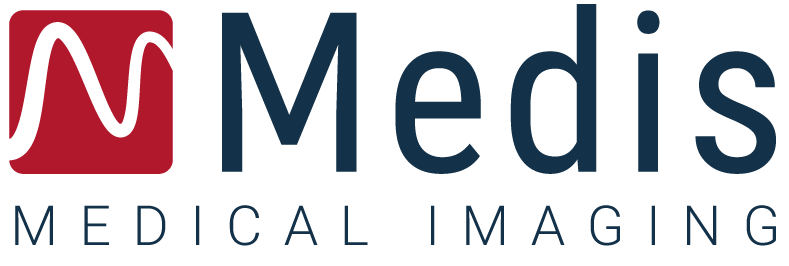Scientific Blogs
The history of coronary angiography and the emergence of QFR
7 mins – November 16, 2023
Coronary angiography, a diagnostic tool that has become synonymous with modern cardiology, boasts a rich history that has evolved over the decades. This fascinating journey has witnessed groundbreaking innovations, tireless dedication, and the unyielding pursuit of knowledge. In this article, we delve into the historical timeline of coronary angiography, tracing its origin, key milestones, its vital role in shaping the field of cardiovascular medicine, and the introduction of Quantitative Flow Ratio (QFR) as a revolutionary alternative. In the Medis symposium called: “Non-Invasive Physiological Approaches to Epicardial and Microvascular Disease in the Cath Lab”, various speakers discussed the use of QFR in the Cath Lab. Dr. Samit Shah from West Haven VA shared a comprehensive overview of the history of coronary angiography and the emergence of QFR in his presentation titled: “The state of the art in non-invasive coronary physiology”. We would like to share the contents of this presentation in this blog article.
The origins of angiography
The origins of angiography can be traced back to the early 20th century, with the groundbreaking work of Portuguese physician Egas Moniz. In 1927, Moniz developed the cerebral angiography technique, which involved injecting a radiopaque substance into the bloodstream and capturing X-ray images of blood vessels within the brain. This pioneering technique laid the foundation for angiography as a diagnostic tool.
The emergence of coronary angiography
While cerebral angiography marked the birth of the broader field, it was not until the mid-20th century that coronary angiography began to take shape. Dr. Mason Sones, an American cardiologist, is often credited with a serendipitous discovery in 1958. During a routine cardiac catheterization procedure, Dr. Sones accidentally injected contrast dye into a coronary artery instead of the left ventricle. This fortunate mistake led to the first-ever visualization of coronary arteries using X-ray technology.
The Sones technique
Dr. Sones’ accidental discovery was a game-changer. He further refined his technique and demonstrated the utility of coronary angiography for diagnosing coronary artery disease (CAD). The Sones technique, as it came to be known, was based on selectively injecting contrast dye into the coronary arteries, allowing for the accurate visualization of arterial blockages and abnormalities.
Quantitative Coronary Angiography (QCA): Higher accuracy of lesion assessment
In the 1970s, another significant advancement arrived in the form of Quantitative Coronary Angiography (QCA). This innovative technology allowed for more accurate measurements of coronary artery dimensions and stenosis severity. QCA brought objectivity and quantitative data to angiography, facilitating accurate assessments and treatment decisions.
Introducing Quantitative Flow Ratio (QFR)
While QCA marked a substantial leap forward in angiography, the field has continued to evolve. In recent years, Quantitative Flow Ratio (QFR) has emerged as a revolutionary addition to coronary angiography. QFR is a computational technique that calculates fractional flow reserve (FFR) non-invasively, eliminating the need for a pressure wire or adenosine infusion.
QFR uses angiographic images, similar to those obtained through traditional coronary angiography, to create a 3D reconstruction of the coronary arteries. By simulating blood flow and pressure changes, QFR provides accurate measurements of FFR, helping cardiologists assess the functional significance of coronary lesions. This innovation has the potential to reduce patient discomfort, lower procedural costs, and enhance the accuracy of diagnoses.
Share this article on:
